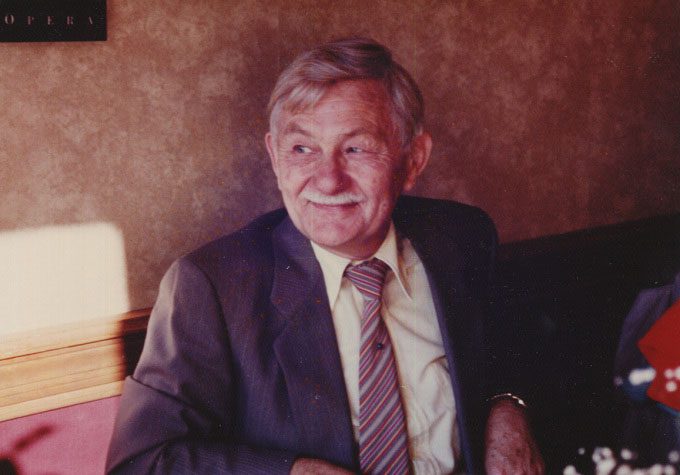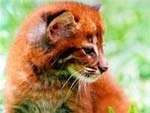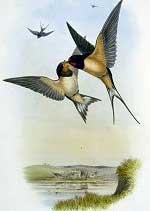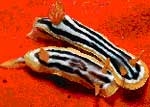At the end of the 20th century, an American scientist conducted an experiment to create an ideal habitat for mice, starting from 4 initial pairs and multiplying to 2,200 individuals, which eventually faced extinction due to “excessive interaction.”
While people often worry about resource scarcity, in the 1970s, American behavioral researcher John B. Calhoun sought to answer another question: What happens to society if all human desires are met and all needs are fulfilled? To explore this, he set up a series of experiments where all the needs of mice were satisfied and observed how the mouse population was affected over time. The most famous of these experiments is the Universe 25.

John Calhoun and the mice in the experiment in 1970. (Photo: Yoichi R. Okamoto/Wikimedia).
In this study, published in the journal Proceedings of the Royal Society of Medicine, Calhoun placed 4 pairs of mice into an “ideal city.” The environment was designed to eliminate issues that typically cause their demise in the wild.
The mice had unlimited access to food from 16 funnel tubes, accessed through tunnels, with a maximum of 25 mice able to eat at the same time, and water bottles were conveniently placed above. Calhoun also provided nesting materials. The temperature was maintained at 20 degrees Celsius, ideal for mice. The mice were selected from a breeding population by the National Institutes of Health and were in good health. Additionally, Calhoun implemented strict preventive measures to stop any diseases from entering the ideal city. No predators were present.
The experiment began. As expected, the mice used the time they would typically spend foraging for food and shelter to mate. Approximately every 55 days, the mouse population doubled. They occupied all the nests in the most preferred locations—those easily accessible to food tunnels.
When the mouse population reached 620, growth began to slow. The number of individuals doubled every 145 days, and the mouse society started to encounter problems. The population divided into groups, and those unable to find a role in these groups became isolated. Here, the “surplus” mice could not migrate as there was nowhere else to go. Those who could not find a social role became isolated.
The unsuccessful males “withdrew” both physically and psychologically. They became very inactive and gathered in large groups near the center of the enclosure. From this point on, they no longer actively interacted with their peers, and their behavior did not provoke attacks from males living in other territories. Nevertheless, they were characterized by numerous wounds and scars inflicted by other withdrawn males.
The withdrawn males did not react during attacks but would lie still. Later, they would attack others in a similar manner. Their mates also withdrew. Some spent entire days grooming, avoiding mating, and never engaging in fights. Consequently, they had very beautiful fur.
Not only the withdrawn males exhibited unusual behavior. The dominant male mice also became extremely aggressive, attacking others without motive or benefit, often forcibly mating with both males and females. These violent encounters sometimes ended in cannibalism.
In Universe 25, all the needs of the mice were met, and the mothers abandoned their young or simply forgot about them, leaving them to fend for themselves. Mother mice also became aggressive towards intruders of their nests. This aggression became excessive, and mother mice frequently killed their offspring. In some regions of Universe 25, the mortality rate among newborn mice reached 90%.
All of this occurred in the early stages of the collapse of the ideal city. In the phase that Calhoun called “the second death”, the surviving young, having endured attacks from their mothers and others, grew up amidst abnormal behaviors. As a result, they never learned the typical behaviors of mice, and many showed little or no interest in mating, preferring only to eat and groom alone.
The population peaked at 2,200, which was less than the ideal city’s capacity of 3,000, before beginning to decline. Many showed no interest in reproduction and retreated to the upper levels of the enclosure, while others formed violent gangs below, frequently attacking and cannibalizing each other. Low birth rates, high mortality rates among newborn mice, combined with violence, soon led to the extinction of the entire community. During this “apocalyptic” period, food remained abundant, and all their needs continued to be fully met.

Photo of John B. Calhoun, who conducted the Universe 25 experiment on mice, in 1986. (Photo: Wikimedia).
“For simple animals like mice, the most complex behaviors are related to courtship, maternal care, territorial defense, social order within a group and between groups. When behaviors related to these functions are not nurtured, there is no development in social organization or reproduction. As in the case of my study, all members of the population will age and eventually die. The entire population will go extinct,” Calhoun concluded.
He believed that the experiment on mice could also apply to humans and warned about a future where all needs are satisfied. At that time, his experiment and conclusions gained considerable attention, resonating with the public’s perception that overcrowding in urban areas leads to “moral decay.” However, more recently, questions have arisen regarding whether this experiment can be simply applied to humans.
The end of the ideal mouse city may not be due to density but rather excessive social interaction, according to medical historian Edmund Ramsden. “Not all of Calhoun’s mice went insane. Those that could control their space continued to live relatively normally,” he commented.





















































